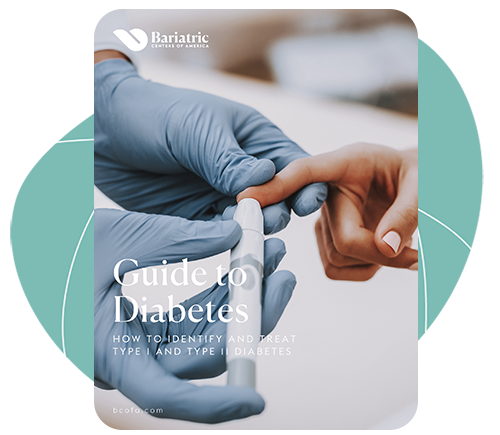
In the landscape of health concerns, obesity is not merely a challenge of weight management; it is a critical risk factor deeply intertwined with various chronic conditions, diabetes being one of the most complex among them. Understanding how obesity can lead to diabetes is crucial, as patients with obesity are ten times more likely to develop type 2 diabetes—a condition primarily characterized by insulin resistance.
Obesity significantly raises the risk for diabetes, yet diabetes itself can contribute to obesity. Strikingly, about 45% of individuals diagnosed with diabetes are obese, with approximately 15% classified as morbidly obese. Similarly, close to 90% of patients with type 2 diabetes are obese. This relationship is far from coincidental; the state of obesity often induces a chronic inflammatory response in the body, impairing the ability of insulin to effectively transport blood sugar into cells—a vital process for energy production and overall health.
Defining Type 2 Diabetes
Type 2 diabetes is a chronic condition that affects the way the body processes blood sugar (glucose). Central to this condition is insulin resistance, where the body’s cells don't respond effectively to insulin—a hormone that regulates the movement of sugar into cells—leading to elevated blood sugar levels. While genetics and environmental factors play a role in its development, lifestyle factors such as obesity, physical inactivity, and poor diet are significant contributors.
Unlike Type 1 diabetes, which is often diagnosed in childhood and involves an autoimmune destruction of insulin-producing cells, Type 2 typically develops in adulthood and can often be managed or even prevented through lifestyle modifications. Management includes dietary changes, regular exercise, monitoring blood sugar levels, medication or insulin therapy, and sometimes bariatric surgery.
How Obesity Can Lead to Diabetes
Obesity can lead to diabetes in a number of ways, but most often starts with incremental weight gain, particularly around the midsection, a type of fat distribution that is especially harmful. This excess visceral fat causes cells to become less sensitive to insulin, leading to the state of insulin resistance, an indicator of type 2 diabetes. In an attempt to overcome this resistance, the body produces more insulin, but this compensation is not sustainable. Eventually, the pancreas is overwhelmed, blood sugar rises, and prediabetes may set in, which, if unchecked, can develop into full-blown diabetes.
Prediabetes and Its Conversion
Prediabetes is an under-recognized yet significant precursor to diabetes, where blood sugar levels are elevated beyond the normal range but not yet at the threshold of diabetes. This stage is critical because patients with prediabetes have a 30% chance of progressing to diabetes within three to five years and a 70% lifetime risk of developing diabetes. Alarmingly, around 85% of those with prediabetes are unaware of their condition, neglecting the subtle escalation of their blood sugar levels, which quietly begins to inflict damage on the body.
As the condition evolves, so does the degree of insulin resistance. In this state, insulin—a hormone that enables cells to absorb glucose from the blood—becomes less effective. Persistent high glucose levels in the blood can, over time, culminate in diabetes. When the pancreas can no longer sustain the demand for increased insulin production, type 2 diabetes emerges, signaling a malfunction in the pancreas and making blood sugar regulation increasingly difficult.
Chronic High Blood Sugar and Its Consequences
The combination of these processes means that over time, blood sugar remains perpetually elevated, which is detrimental to nerve fibers, blood vessels, and vital organs like the kidneys, liver, and vision. Obesity is a significant contributor to this cascade, accounting for 30 to 53% of new diabetes cases annually in the U.S. Other risk factors include prediabetes, insufficient physical activity, genetics, and certain ethnic predispositions, with African Americans and Native Americans being more susceptible to diabetes.
The intricate dance between obesity and diabetes is a compelling reason for vigilance and proactive health management. Understanding how obesity can lead to diabetes underscores the importance of weight control not only as a matter of personal appearance but as a fundamental aspect of chronic disease prevention and management. By acknowledging these connections and the silent progression of these conditions, we can empower individuals to take charge of their health, reducing the risk of diabetes through informed lifestyle choices and medical interventions when necessary, including through bariatric surgery.













